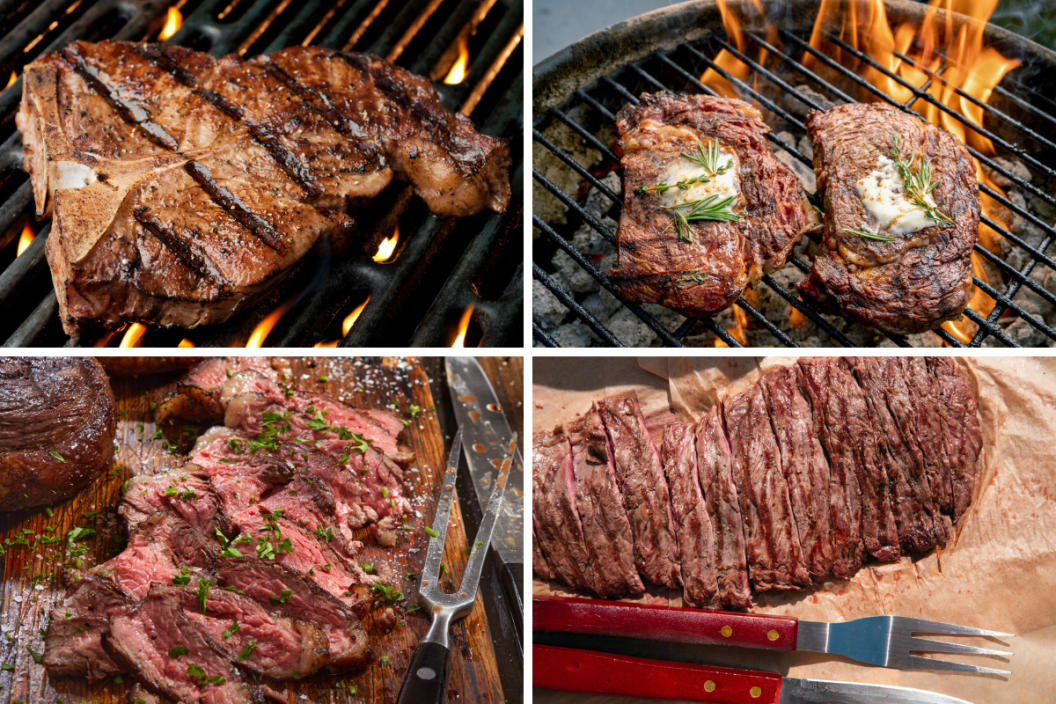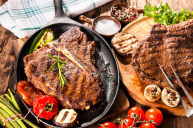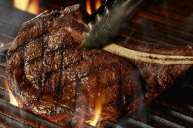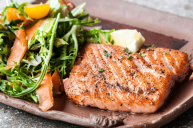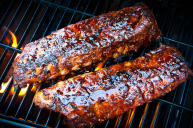When we cook meat over an outdoor grill, we always hope to achieve a perfect balance of a smoky exterior and a tender and juicy interior. Steak, however, is a cut of meat that many chefs prefer to cook on a cast-iron skillet, since this method allows for a more even distribution of heat and more control over the steak's interior temperature. But if you're craving a bite of steak that's peppery, smoky, and perfect for tacos, burritos, and rice bowls, then the grill can make that happen for you, as long as you select the right cut of beef. To help with that task, we've enlisted a group of chefs and grilling experts to recommend the best steaks to buy for your next cookout.
Videos by Wide Open Country
Skirt
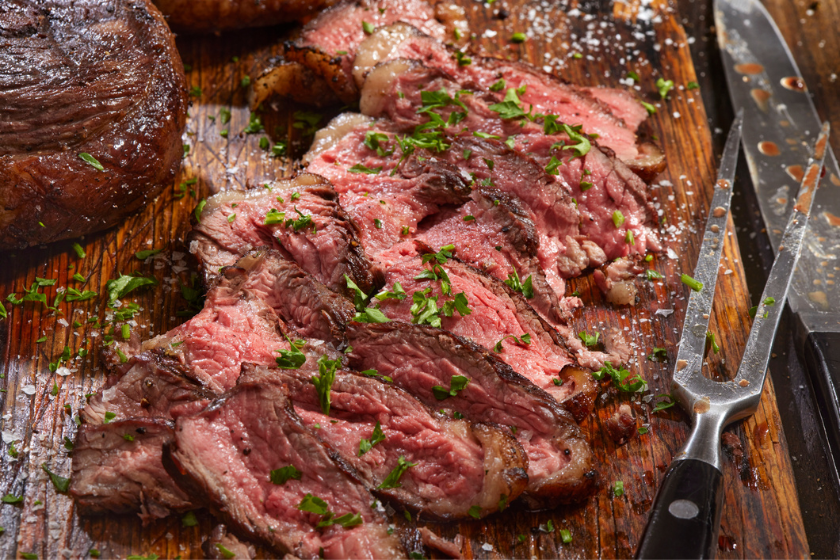
iStock/Getty Images
According to chef and owner Isaac Toups of Toups Meatery in New Orleans, Louisiana, leaner and thinner cuts do well on the grill because higher-fat cuts can cause flare-ups from the fat dripping onto the grill grates (which can prove both dangerous to the cook and damaging to the meat's flavor and texture). Skirt steak, a cut that comes from the cow's diaphragm muscles, "is thinner, cooks quicker, and is easier to control than a big fatty cut."
Flank
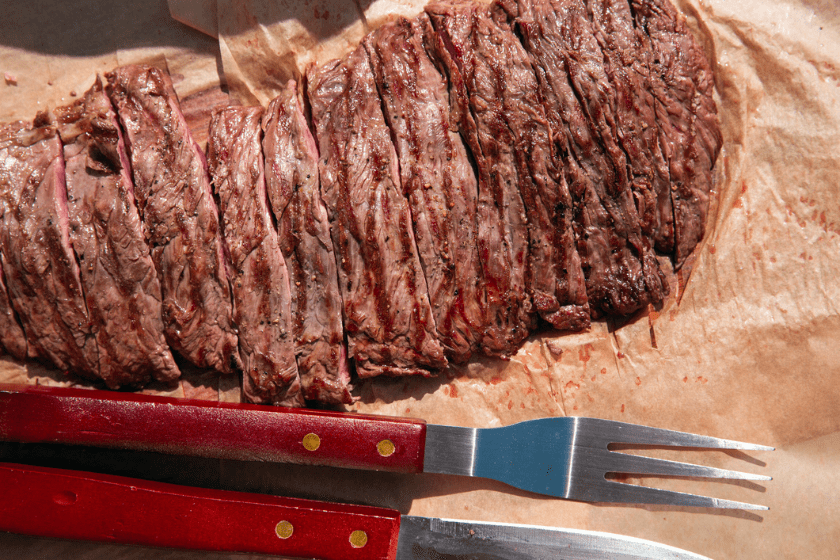
iStock/Getty Images
Like skirt steak, flank steak (from the cow's lower abdominal area) is thin and lean. Therefore, it also benefits from a quick cooking time and a low risk of grill flare-ups. It does, however, have more fat content than skirt steak, which provides more moisture and flavor to the cooked meat. Flap steak, a cut from the flank region that's known for its fat marbling, is a favorite of chef and butcher Sebastian Cortez of Sebastian & Co. Fine Meats, who says that, "I personally like the 'vacio' [or flap] steak, which is part of the flank. It is very rich in flavor and it has an interesting texture. You do have to cook the steaks at a lower temperature to ensure that they stay tender, as they tend to be a lot chewier than ribeyes or sirloins. The vacio steak has a bit of a stringy texture to it but is not overly chewy by any means— it has a really nice bite packed with flavor."
Flat Iron
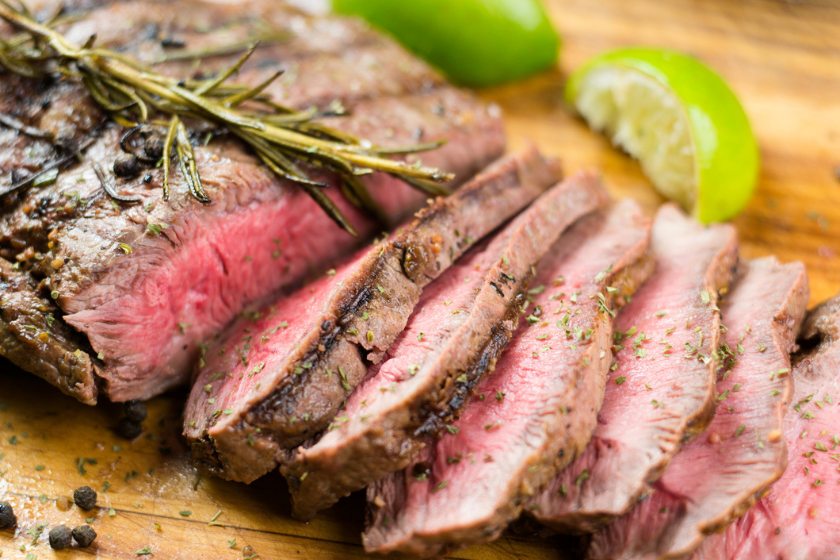
iStock/Getty Images
Flat iron steak, a cut from the shoulder of the cow, isn't as lean as skirt steak or flank steak. But although flat iron has more fat than those other steaks, it's still a thin cut, so you won't need to worry about ending up with hazardous grease splatter. "I personally enjoy grilling thin cuts of beef like flat iron. They're less expensive cuts than the [more] sought-after steaks, but still contain lots of flavor when cooked on the grill," explains chef and owner Cesar Zapata of Phuc Yea in Miami, Florida.
Ribeye
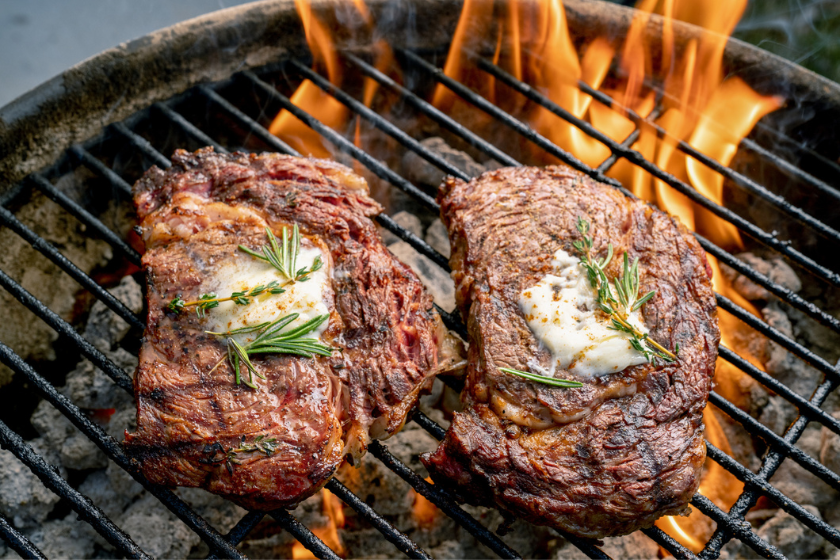
iStock/Getty Images
For a heartier steak that thrives on the grill, pick up a ribeye, or a boneless steak from the top of the rib primal near the shoulder blade. "If you're a fan of steak with some fat, this is the cut for you. The fattiness of the steak allows it to carry the meatiest flavor of any cut. An excellent candidate for grilling, this steak does well with a sear on high heat," says owner Surinder Multani of the BBQ Outlets online grill market. The fat content of this cut does mean that you'll need to keep a careful eye on it as it grills (since the dripping fat can cause flareups), and because ribeye is a thicker cut than skirt or flank, it won't cook quite as quickly. But if you're willing to put in a bit of extra time and effort, you'll be rewarded with a tender, savory, quintessentially-beefy piece of grilled meat.
Porterhouse
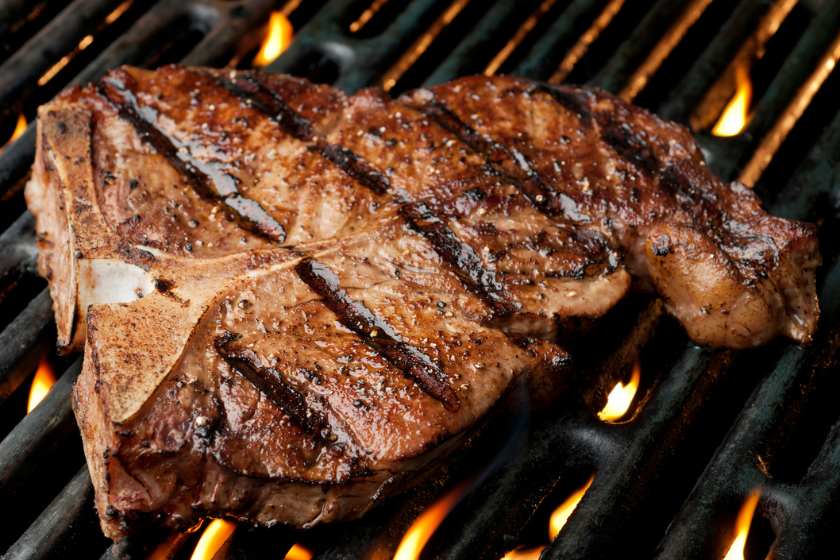
iStock/Getty Images
Another "steakhouse" cut that's well-suited for grilling, the porterhouse is a composite steak that comes from the rear end of the short loin and includes both tenderloin meat and top loin. It's known for its rich flavor and luxurious, almost buttery texture. "Porterhouse is [great] for the grill due to the fat marbling, which imparts flavor and helps keep the steak moist throughout the cooking process. Also, it has a significant surface area per portion, which will showcase your favorite seasoning blend," owner and executive chef D'Andre Carter of Soul & Smoke in Evanston, Illinois tells us. Porterhouse is another cut with a fair amount of fat, so the same precautions apply in terms of paying close attention and keeping the grill clear of debris to prevent sudden blazes.
